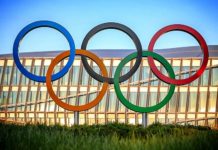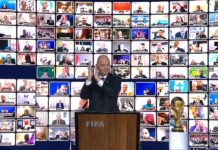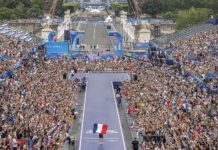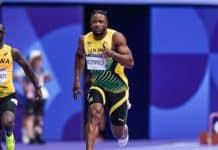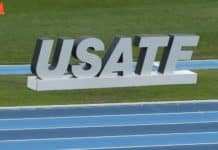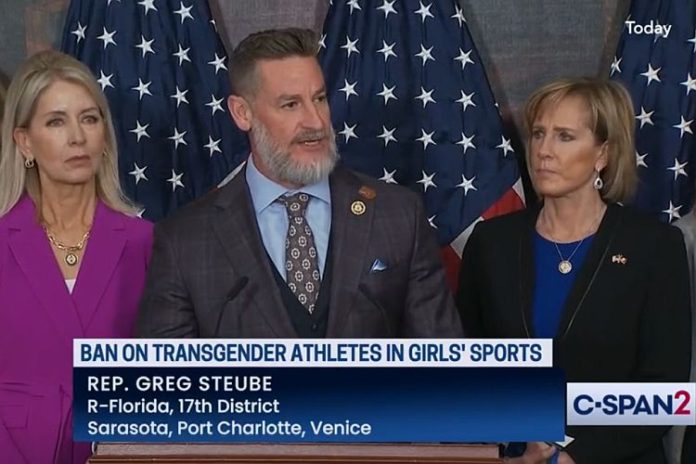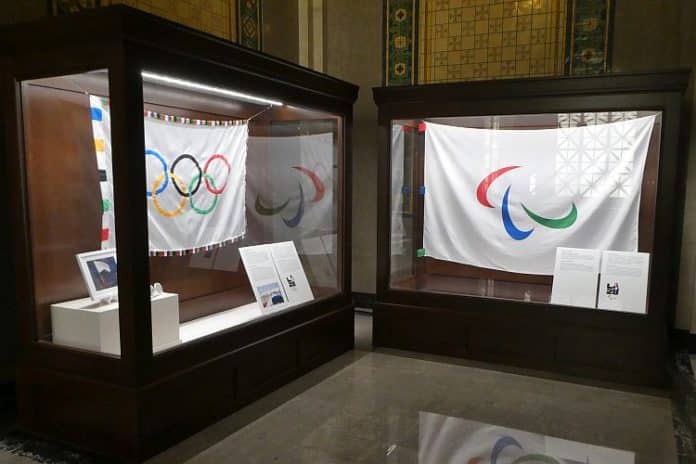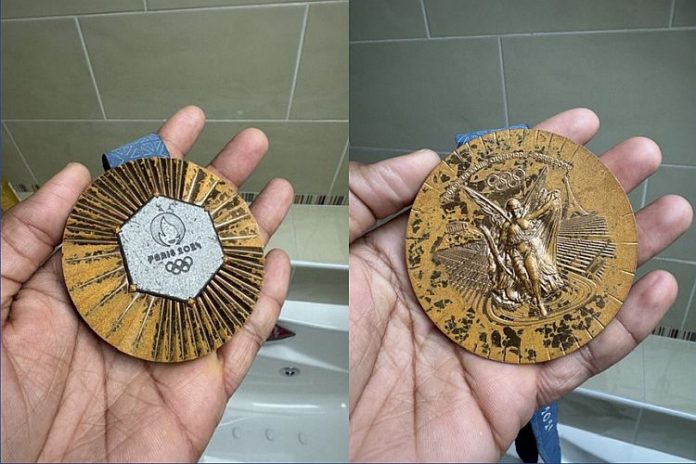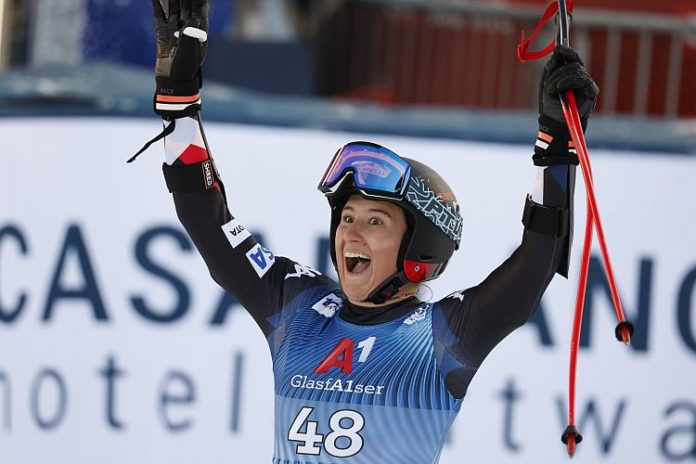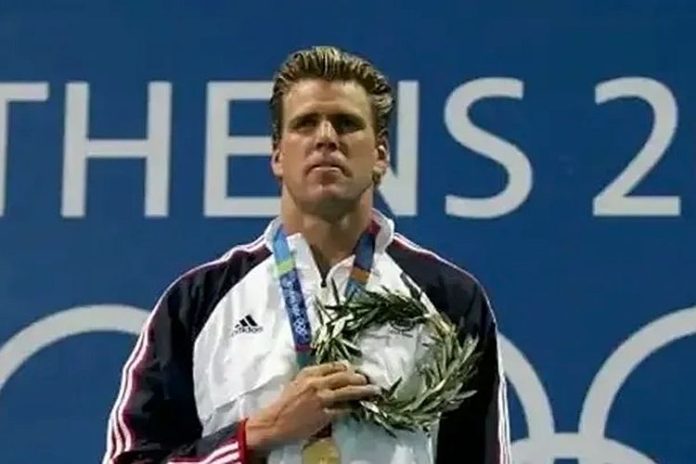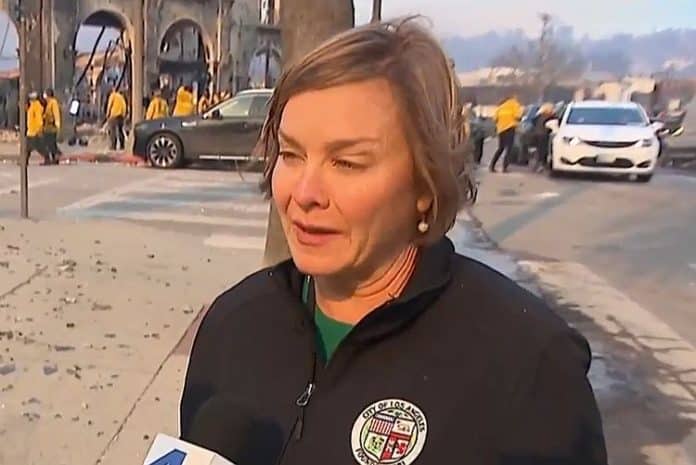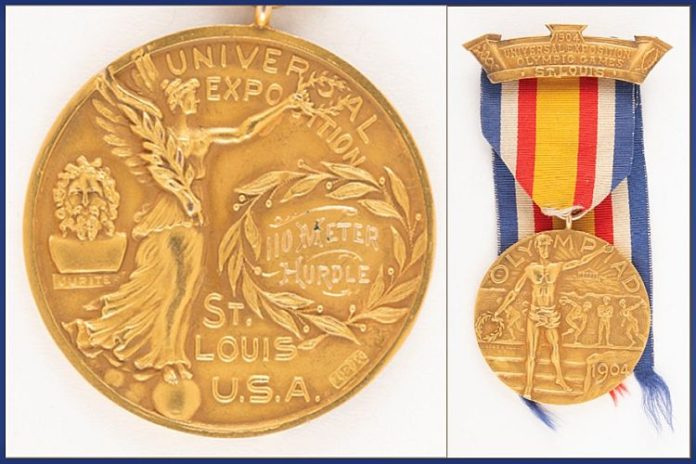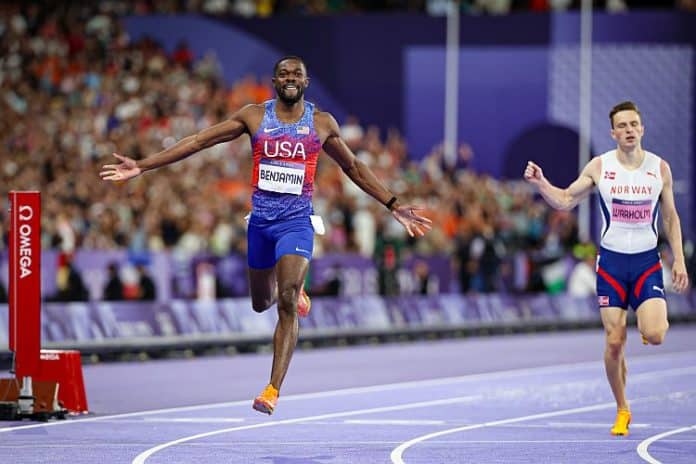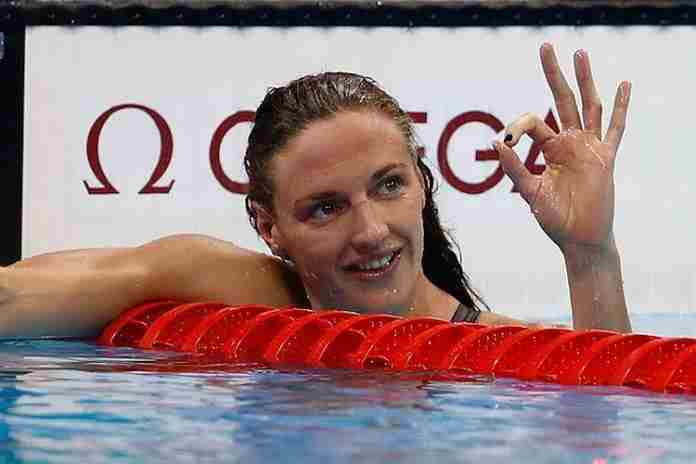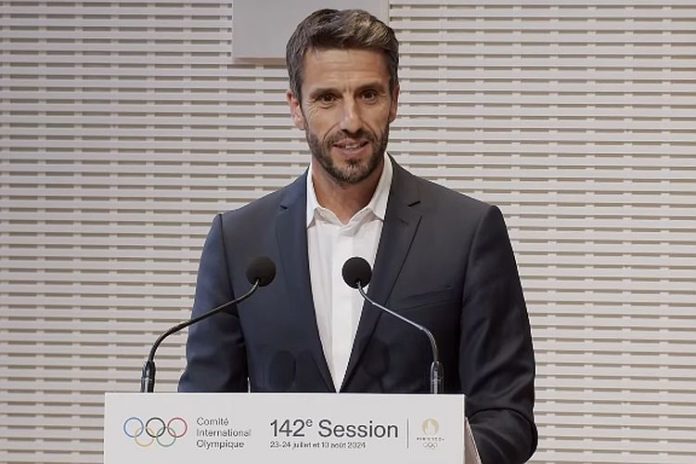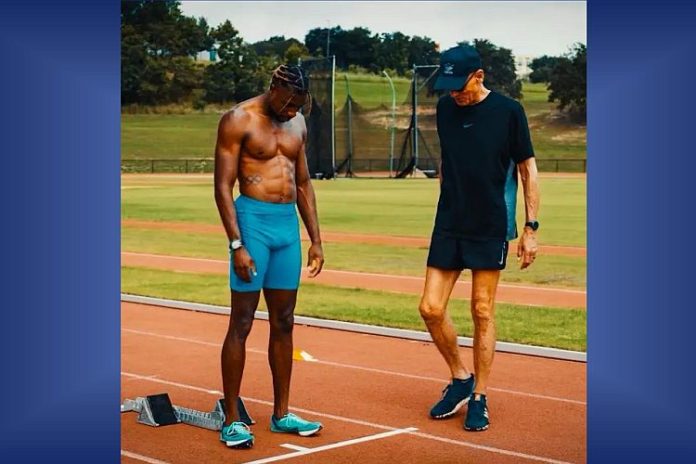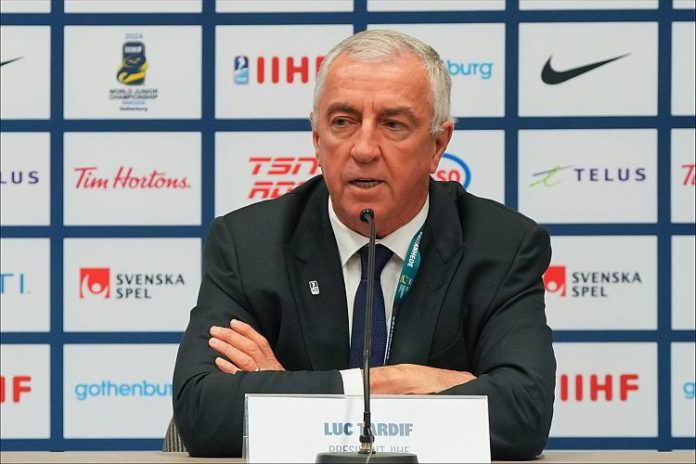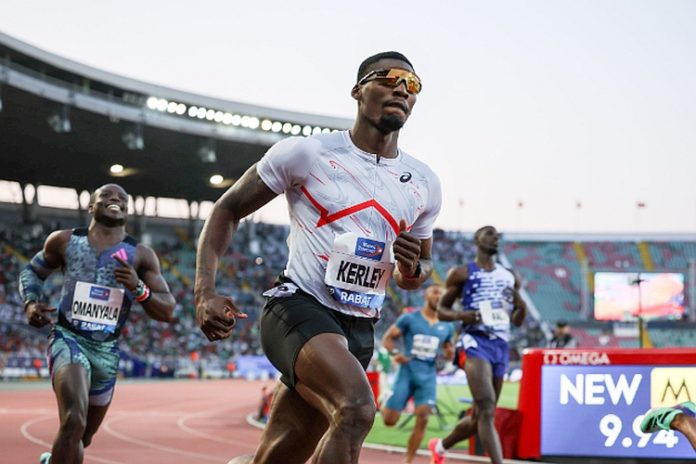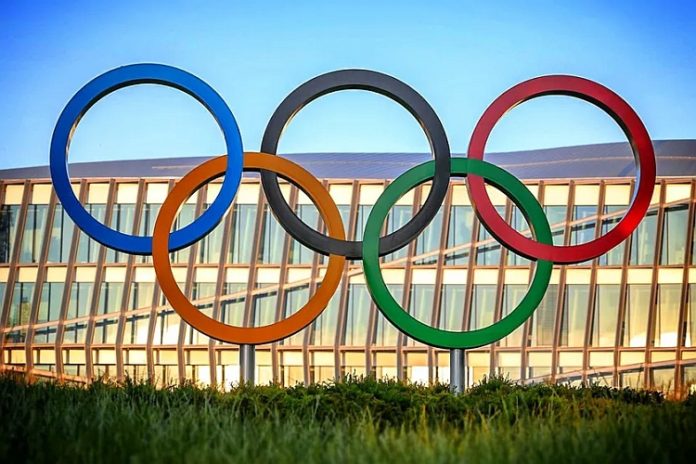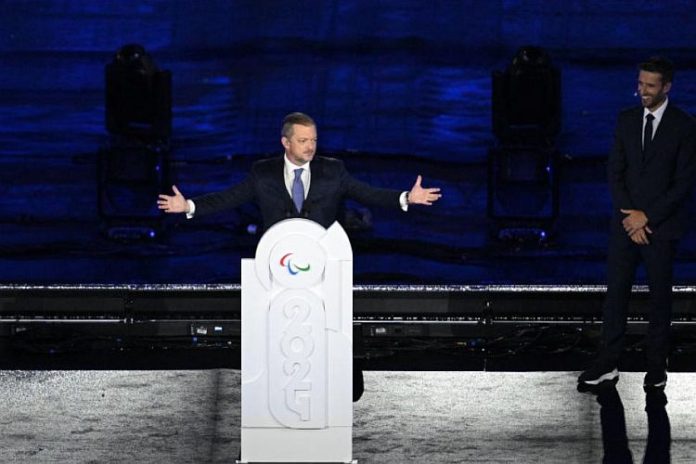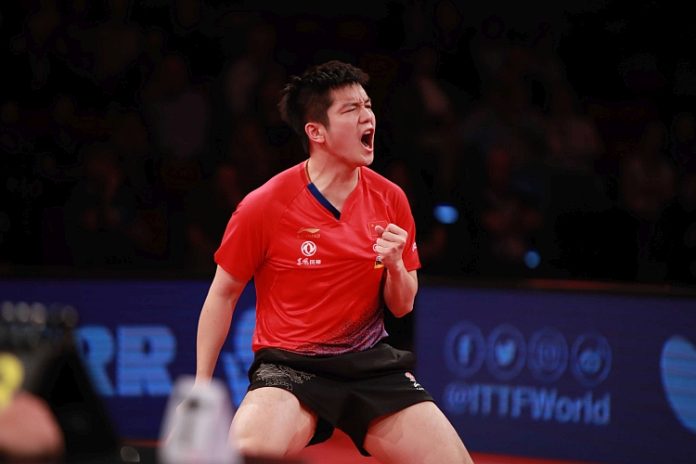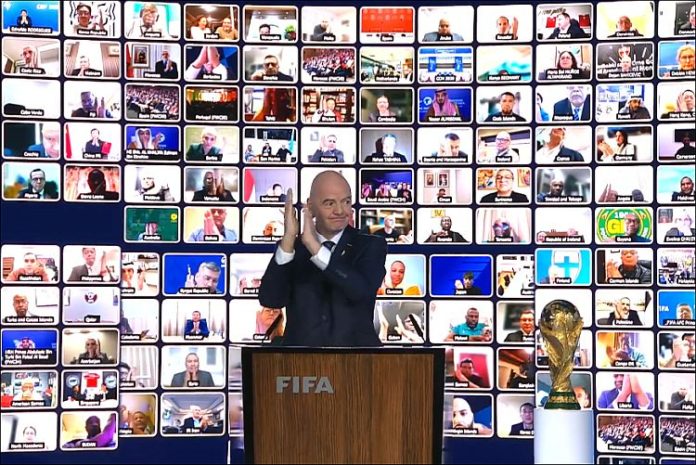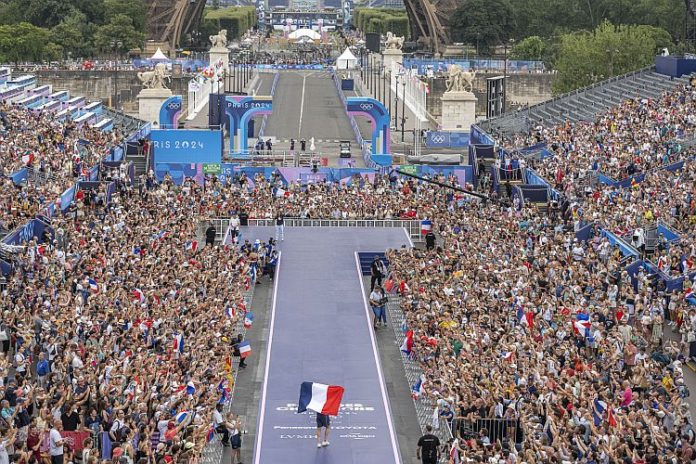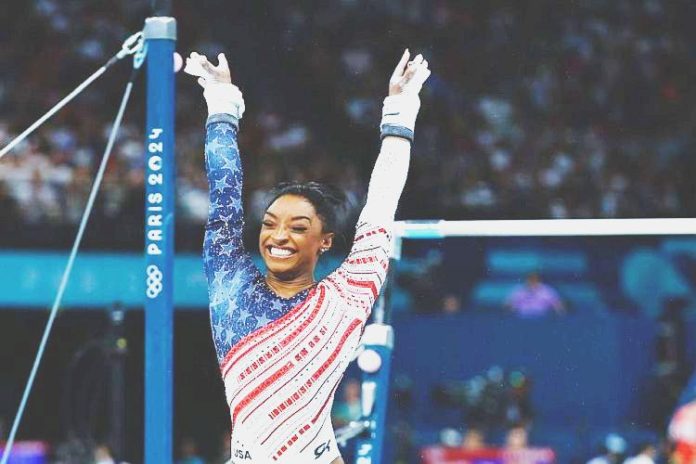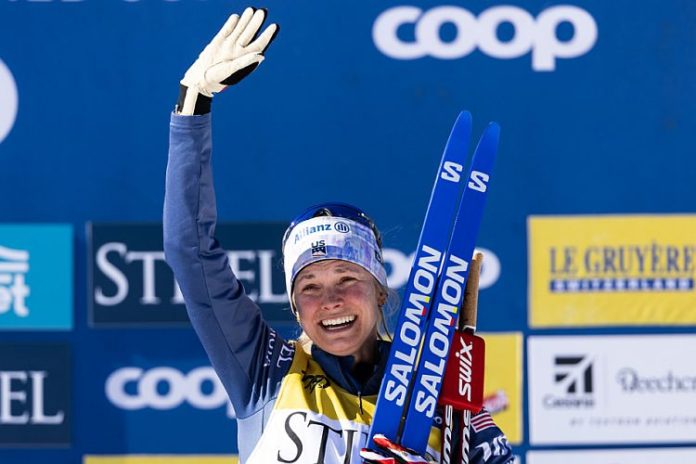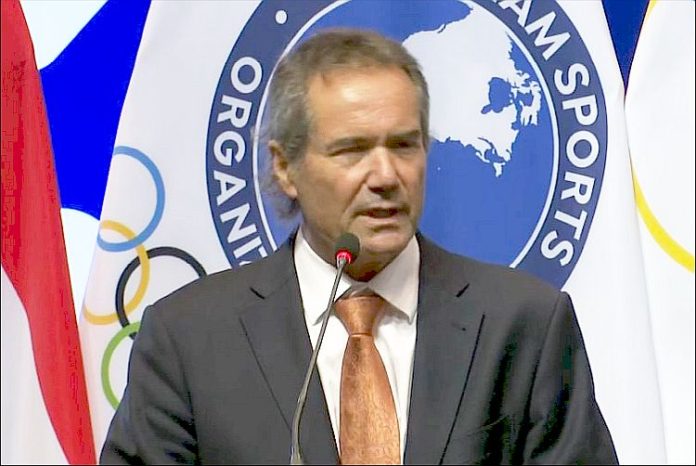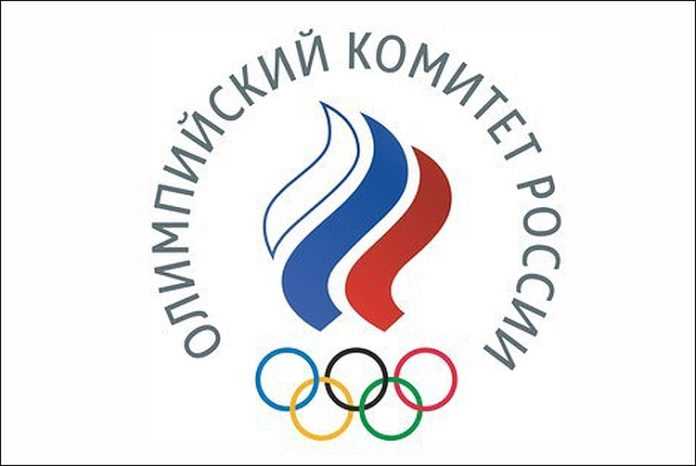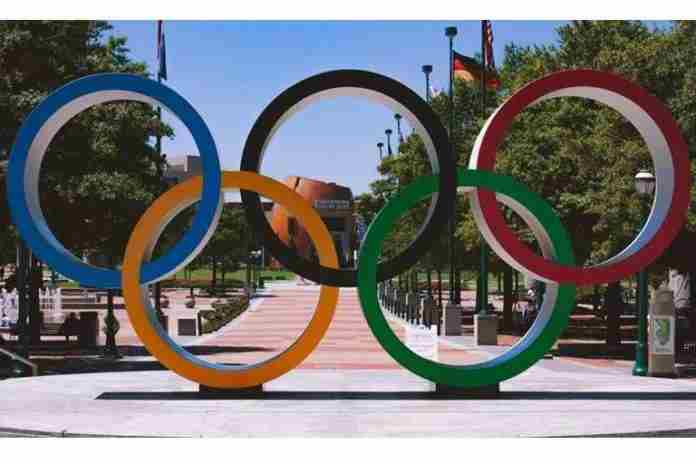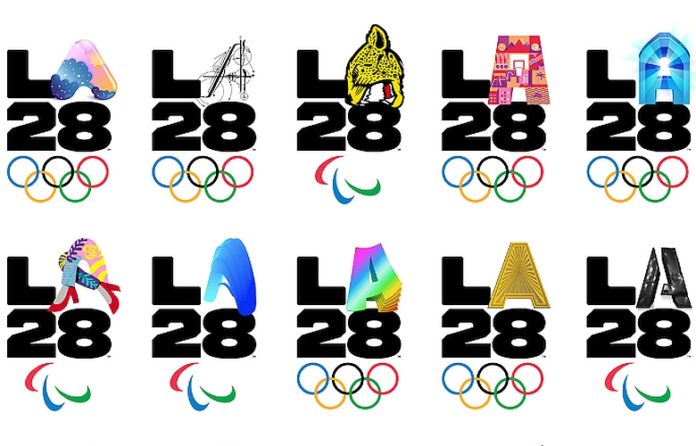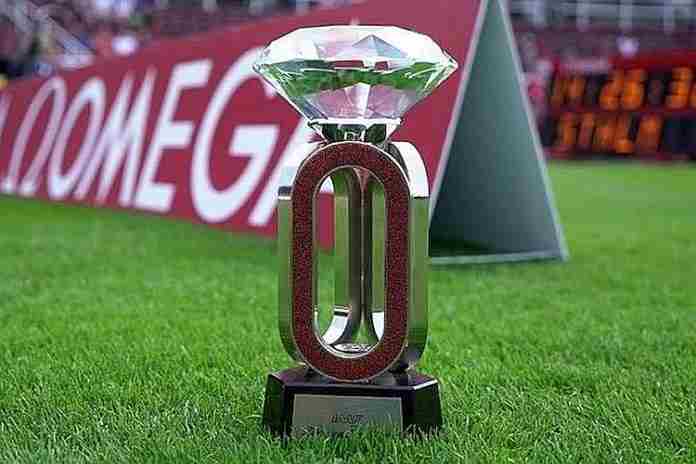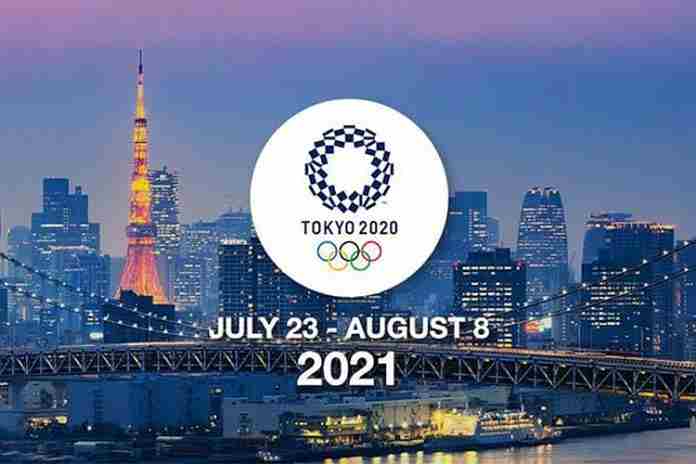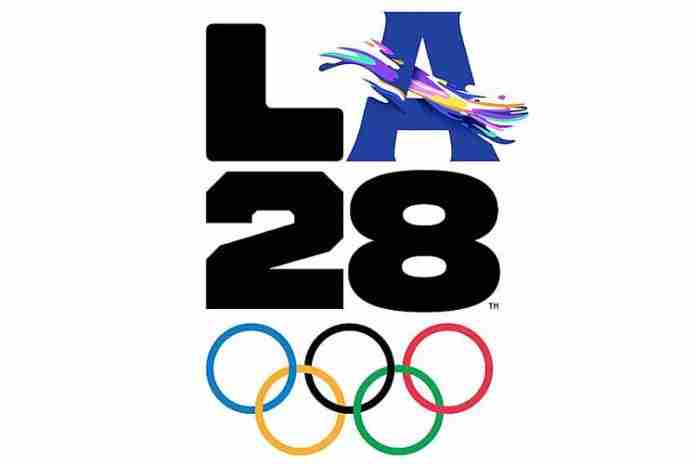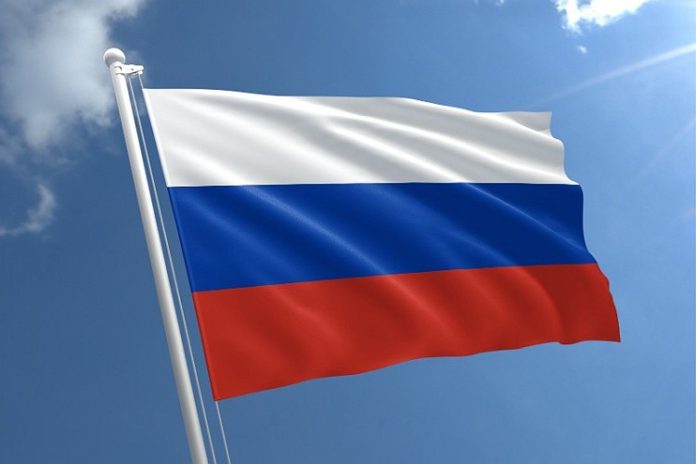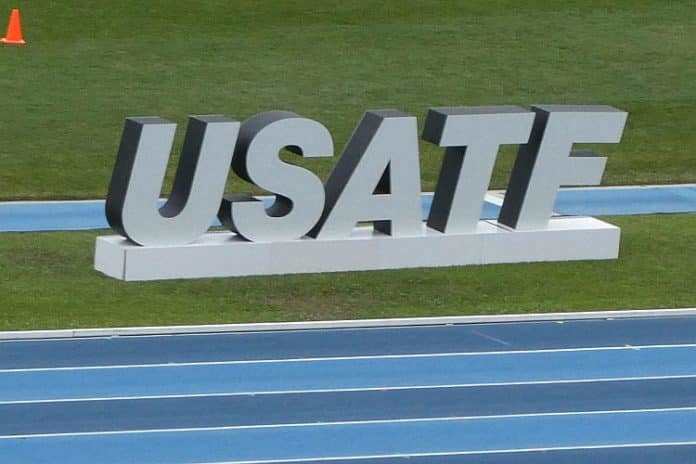★ The Sports Examiner: Chronicling the key competitive, economic and political forces shaping elite sport and the Olympic Movement.★
★ To get the daily Sports Examiner Recap by e-mail: sign up here! ★
≡ THE 5-RING CIRCUS ≡
● Olympic Games ● One of the greatest sports photographers in history, German-born Heinz Kluetmeier, passed away on Tuesday (14th) at age 82 after a battle with Parkinson’s Disease and a stroke.
He is remembered for more than 100 Sports Illustrated covers and brilliant photography that made him a legendary figure in the field. He started with the Milwaukee Journal as a teenager and went to Time Inc. at 28 to shoot for LIFE and Sports Illustrated. He might be best remembered for his 1980 Olympic Winter Games photograph of the U.S. men’s hockey team celebrating their upset win over the USSR, the “Miracle on Ice.”
How important was he? If he was shooting at an event, the word passed quickly among the other press and even participating athletes; “Heinz is here.”
● Olympic Winter Games 2026: Milan Cortina ● “We are currently in communication and expect that in the near future the IOC Executive Committee will specify the conditions for admission to the 2026 Olympics, and this will be a signal for international sports federations.”
That’s Russian Deputy Sports Minister Alexander Nikitin, who added, “Among them, there are those who so far refuse to comply with the recommendations of the International Olympic Committee, but they are in the minority.”
Most winter-sport federations continue to close the door to Russian and Belarusian participation, but the International Ski Mountaineering Federation has approved some to compete as “neutrals,” and the International Skating Union has approved allowing a very limited number of “neutrals” to compete only in Olympic qualifying events, in case the IOC agrees to allow them for 2026.
● Commonwealth Games 2030 ● “Glasgow 2026 is set to act as a bridge to a bright future for the Commonwealth Games – an exciting first step in the CGF’s journey to reset and redefine the Games as a truly co-created, flexible and sustainable model for the future that inspires athletes, delivers tangible legacy benefits, minimises costs, reduces the environmental footprint, and enhances social impact.”
That’s Commonwealth Games Federation chief Chris Jenkins (WAL), opening the door for discussions on a 2030 centennial Commonwealth Games, now that Glasgow (SCO) has agreed to stage a compact and subsidized 2026 Games.
The CGF’s approach follows the lead of the International Olympic Committee’s “Olympic Agenda 2020,” with an emphasis on existing venues for accommodations and competitions and welcoming co-hosting concepts among locations with a country or even across countries to ensure the most cost-efficient event possible.
● World University Games ● The Winter WUG in Turin continues through the 23rd, with Ukrainian biathlete Bohdan Borkovskyi won the first gold of the Games in the 15 km Short race on Tuesday morning in 38:40.9. Finn Patrik Kuuttinen was well back second in 39:06.4.
Through two days, the U.S. claimed its first medal, a bronze in the men’s Freestyle Dual Moguls by Jackson Crockett.
● Anti-Doping ● Swiss Sport Integrity handed down a 14-year ban on an unnamed doctor from Bern, concluding a case which first surfaced from media reports in January 2018:
“As already communicated at the time in a statement by the Antidoping Switzerland Foundation (now Swiss Sport Integrity), criminal charges were brought after several years of investigations into the matter. In a penalty order dated July 5, 2022, the doctor was declared guilty of several violations of the Federal Act on the Promotion of Sport and Exercise. …
“The Bernese doctor has been found guilty by the Swiss Sports Tribunal of repeated distribution (Art. 2.7 Doping Statutes), attempted administration (Art. 2.8), possession (Art. 2.6) and use (Art. 2.2) of prohibited substances. The doctor had supplied testosterone, growth hormones and tamoxifen to so-called “sports friends” and other persons. Furthermore, he had repeatedly attempted to administer or distribute erythropoietin and testosterone to an elite athlete.”
The penalties are a 14-year suspension, a fine of CHF 14,000 and costs of proceedings of CHF 29,000 (CHF 1 = $1.10 U.S.).
¶
The World Anti-Doping Agency announced that the National Anti-Doping Organizations in Namibia, Samoa and Senegal have resolved issues highlighted in their compliance reports and that Panama has corrected the technical flaws in national legislation concerning the World Anti-Doping Code. All four are no long being “watched” for possible compliance sanctions.
Compliance issues have been identified with Pakistan, Uruguay and Uganda and all three have been formally alleged to be non-compliant, subject to an appeal due by 3 February 2025.
● U.S. Center for SafeSport ● The Associated Press reported on a message from SafeSport chief Ju’Riese Colon to the U.S. Olympic & Paralympic Committee and U.S. National Governing Bodies that former investigator Jason Krasley – arrested on rape charges on 10 January and later freed on bond – which included:
“I am angry and so disappointed. I’m sad for our organization and the impact this may have on athletes. And I’m sure many of you, as well as your members, are feeling a range of emotions as well. This work is so hard, and to know that someone could have not only fooled us, but also law enforcement, is just sickening.”
The cases which Krasley worked on – he joined SafeSport in 2021 – are being audited for errors or omissions; Colon noted, “While we do not have any reason to believe he committed any wrongdoing while at the Center, the audit may result in the Center re-opening cases.” The organization’s hiring process is also being scrutinized.
● Alpine Skiing ● Emerging Swiss start Camille Rast took her second win of the season in the Slalom at Flachau (AUT), taking the overall lead this season!
Never better than 20th before – last season – Rast, 25, won her fourth medal of the season (those are the only medals she has won), coming from eighth after the first round, with the second fastest second run to finish at 1:55.03, just better than teammate (and two-time Olympic medalist in the event) Wendy Holdener (1:55.19) and Sweden’s Olympic Giant Slalom champ Sara Hector (1:55.41). American Paula Moltzan was sixth overall (1:55.76).
● Archery ● “In an Olympic context, it could be held in the urban park which is now a part of every Summer Games, and which hosts BMX freestyle, skateboarding, and other youth oriented sports. It’s not really been explored yet – and there are some obvious safety and spectator issues – but it’s just possible that something like that may be on the horizon some way into the future.”
Can you imagine archers, with live arrows, shooting in field style – at foam targets in the shape of animals – while walking through an Olympic mega-venue?
John Stanley, a British digital communications specialist and archer, explored the concept of field archery as a future Olympic possibility in a fun story that emphasizes the untamed nature of shooting along a walking course in an open setting: field, forest, hills and streams. He notes that it does not have the contained nature of target archery, but it is more challenging in its own way.
He asks, is field archery the future? Not yet.
● Athletics ● The USATF Bermuda Grand Prix, held in 2022 (9 April), 2023 (21 May) and 2024 (28 April) is not listed on the USATF calendar for 2025 and appears dead.
The Royal Gazette daily reported Wednesday that the meet’s major sponsor, the Bermuda Tourism Authority, decided not to fund it in 2025 for lack of a demonstrable return:
“The primary goal was to leverage the heightened global attention during this period. Following the conclusion of the 2024 activation, our Business Development team evaluated the event’s impact and future potential and explored alternate partnership models. The assessment determined that the evolving post-Olympic landscape posed significant challenges to achieving the desired return on investment for spring 2025.”
USATF lists two Grand Prix events for 2025, in Los Angeles (7-8 June) and New York (29 June).
¶
“The AIU has banned Faith Chepchirchir Kiprotich (Kenya) for 3 years from 23 December 2024 for Presence/Use of a Prohibited Substance (Norandrosterone). DQ results from 29 September 2024″
Chepchirchir, 23, ran 31:04 in a road 10 km in 2023 (no. 34 for the year) and has run the Half Marathon in 1:10:32 in January of 2024.
● Sailing ● “I went in at 5:40 pm to do the last test on the camera, it was a cloudy day, wind conditions were not the best, but I decided to test the support that had arrived, it was the first day using this material, I put the camera to record and went towards the coast.
“After sailing a few metres, I heard a cry for help and saw the girl who was drowning. I quickly approached her with the kite, tried to calm her down and asked her to climb on my back. She was very tired and without strength. I used the equipment to bring her to the beach safely, where the lifeguards carried out the first aid on the seashore and thankfully everything went well.”
That’s Brazilian Dr. Bruno Lobo, 31, an orthopedic physician, Paris Olympian (7th) and two-time Pan Am Games champion in the Formula Kite class, who rescued a woman off of San Luis on 10 January and brought her back safely.
He reported the incident on Instagram, sharing the video shot with his camera on the kite:
“The day God used me as an instrument to save this young woman, all honor and glory to Him. Be warned about the dangers of the sea, rivers and any place you don’t know because the current in some places tends to be very strong!”
Fantastic; the video is short and absolutely worth a look.
● Snowboard ● The fourth of five Parallel Slalom World Cups was in Bad Gastein (AUT), with 2021 Worlds runner-up Ramona Theresia Hofmeister (GER) getting her first win of the season, beating Japan’s Tsubaki Miki in the final.
But Miki, 21, the 2023 World Champion in the Parallel Giant Slalom, was hardly a loser, as she clinched the seasonal Parallel Slalom title with 360 points to 226 for Sabine Payer (AUT). In her four meets, Miki won two and was second twice, with one more event left on the schedule.
Italian men got their third win in four Parallel Slaloms this season, with 38-year-old two-time Olympian Aaron March getting the win – his fourth career World Cup gold – over three-time World Champion Andreas Prommegger (AUT).
American Cody Winters won the Small Final for third over Austria’s Alexander Payer; it’s Winters’ first career World Cup medal!
● Wrestling ● Watch out for the wrestling apparel, footwear and accessories firm RUDIS, founded in 2013 and located in Marysville, Ohio. On 31 December, the company announced a four-year sponsorship deal with USA Wrestling to supply all national-team gear and promote wrestling nationally from 2025-28, effective on 1 January.
On Wednesday (15th), RUDIS and United World Wrestling announced an eight-year tie-up, to promote and grow the sport worldwide. This bears watching.
¶
★ Receive our exclusive, weekday TSX Recap by e-mail by clicking here.
★ Sign up a friend to receive the TSX Recap by clicking here.
★ Please consider a donation here to keep this site going.
For our updated, 895-event International Sports Calendar for 2025 and beyond, by date and by sport, click here!




